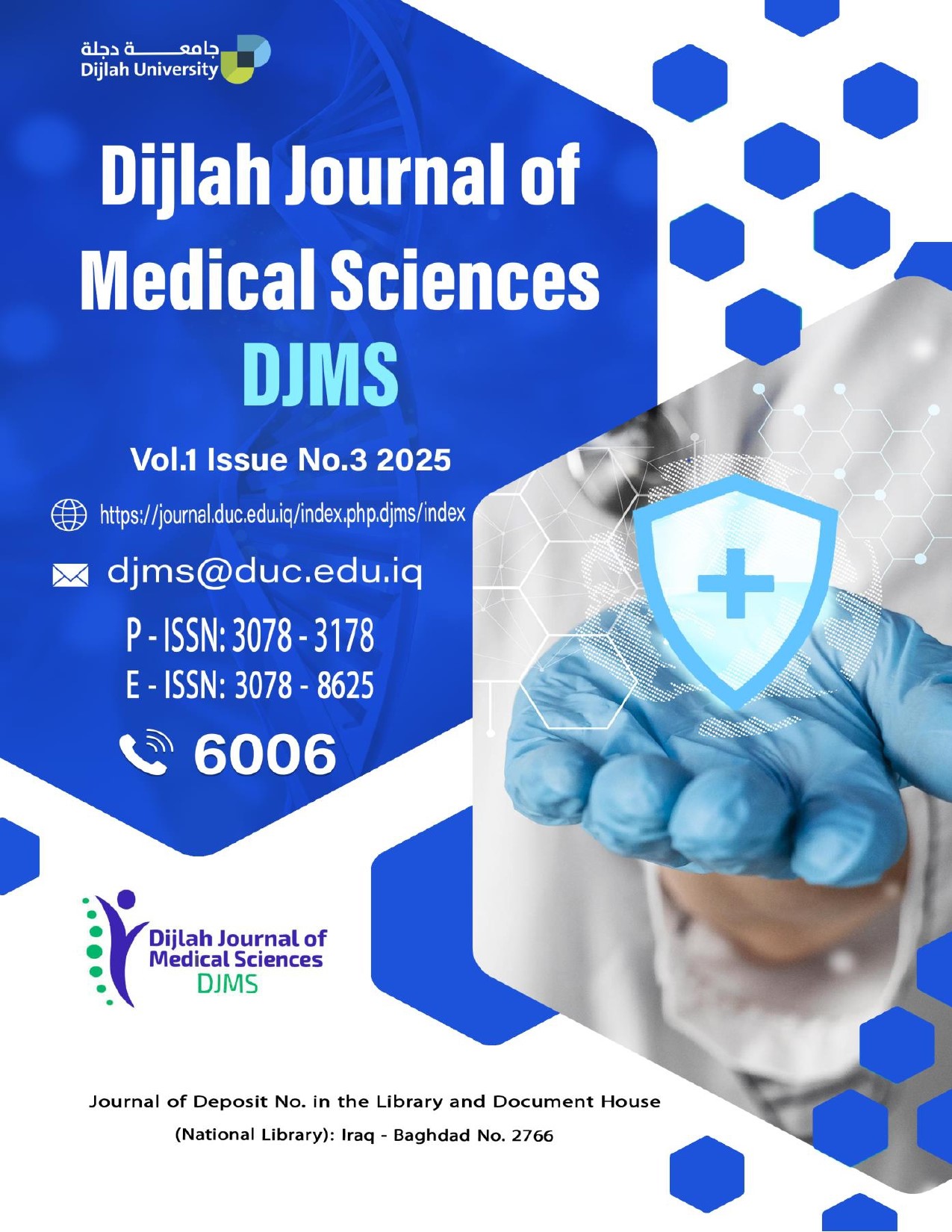pdf Acromegaly and Osteoporosis: A Review of the Paradox of Increased Bone Turnover and Fragility – Pathophysiology, Diagnosis, and Management
Dr. Isam Noori Salman, Omar Yasir Shakir, Safaa Ehssan Atta and Baydaa Ahmed Abed
DOI:
https://doi.org/10.65204/DJMS-AO-Re-ArKeywords:
Acromegaly, IGF-1, Osteoporosis, Growth Hormone, Bone HealthAbstract
A rare endocrine condition called acromegaly is brought on by an overabundance of growth hormone (GH) and like growth factor 1 (IGF-1), usually due to pituitary adenoma. Even though bone density is elevated, increased IGF-1 levels in acromegaly patients (AC-PTs) can lead to musculoskeletal disorders such as osteoporosis and structurally weak bone. Nevertheless, GH in acromegaly is necessary for maintaining bone health. The excessive secretion of these hormones in AC-PTs may lead to bone turnover and osteoporosis. Despite Acromegaly's higher bone turnover, the condition is paradoxically linked to compromised bone microarchitecture and increased fracture risks, frequently unrelated to bone mineral density (BMD) levels. BMD testing bone health in AC-PTs might fail to determine remodeling dynamics and bone quality. The effects of osteoporosis in AC-Pts result from impaired osteoblast function, osteoclast activity, and disrupted bone remodeling, which leads to bone fragility, weakened bone, and elevated risks of fractures. An overall monitoring of bone turnover, bone microarchitecture, clinical assessment, and advanced imaging are important for determining bone health. In contrast, calcium and vitamin D3 supplements are necessary to support bones in acromegaly. The pathophysiological processes, diagnostic difficulties, and treatment approaches for osteoporosis in acromegaly are examined in this article.

